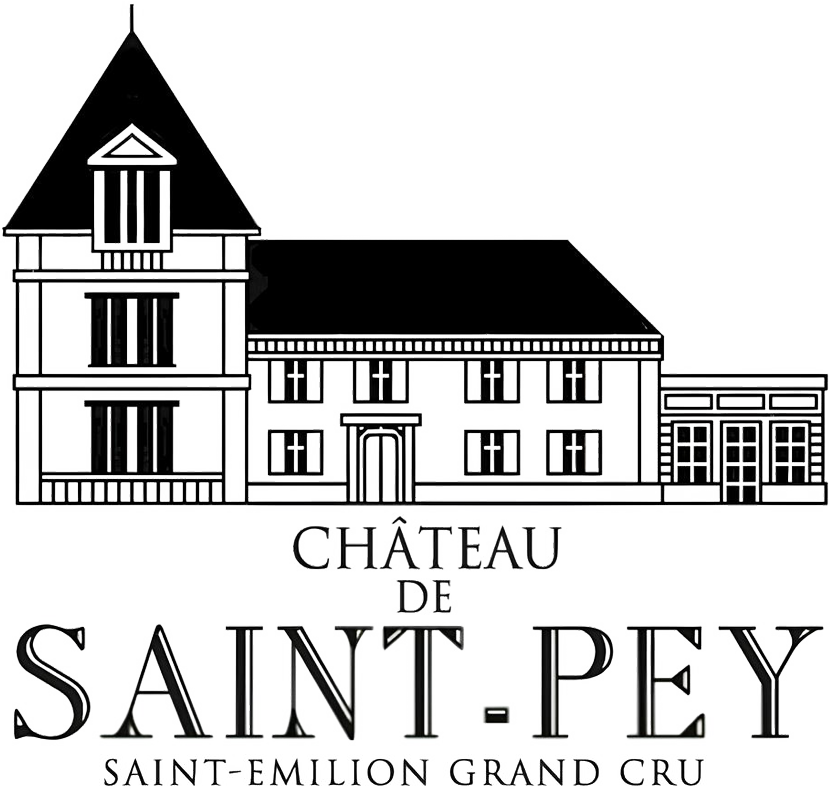Terroir
Château de Saint-Pey’s original vineyard covered 17 hectares. Successive extensions and the sale of less attractive plots have gradually brought it up to 25 hectares, of which only 5 remain from the original vineyard, bringing it closer to the foot of the Saint-Émilion hillside.
North-south facing, the sixteenth-century Carthusian monastery, the pride of the village of Saint-Pey d’Armens, opens onto a large 2-hectare park. It gives a glimpse of the first plots of vines, which continue around Saint-Hippolyte, the new epicentre of the estate.
The well-drained ancient sands on the surface create a warm microclimate that encourages the grapes to ripen well. The vines draw on the deep clay soils to produce grapes with concentrated, complex aromas. A few plots of gravel stand out at the foot of the hillside.


Vineyard
Naturally, 90% of the vineyard is planted with Merlot, the pride of the appellation, with the addition of 10% Cabernet Franc for freshness and fruit, a unique feature of Saint-Émilion.
It was at Château de Saint-Pey that vineyard manager Anthony Appollot first introduced ‘intelligent spraying’ in 2018, which has since been rolled out across the family group’s other châteaux.
Drones are used to identify fungi in formation, enabling the geolocated tractor to treat the area with a minimum dose of organic product on the right vines in the right place.







